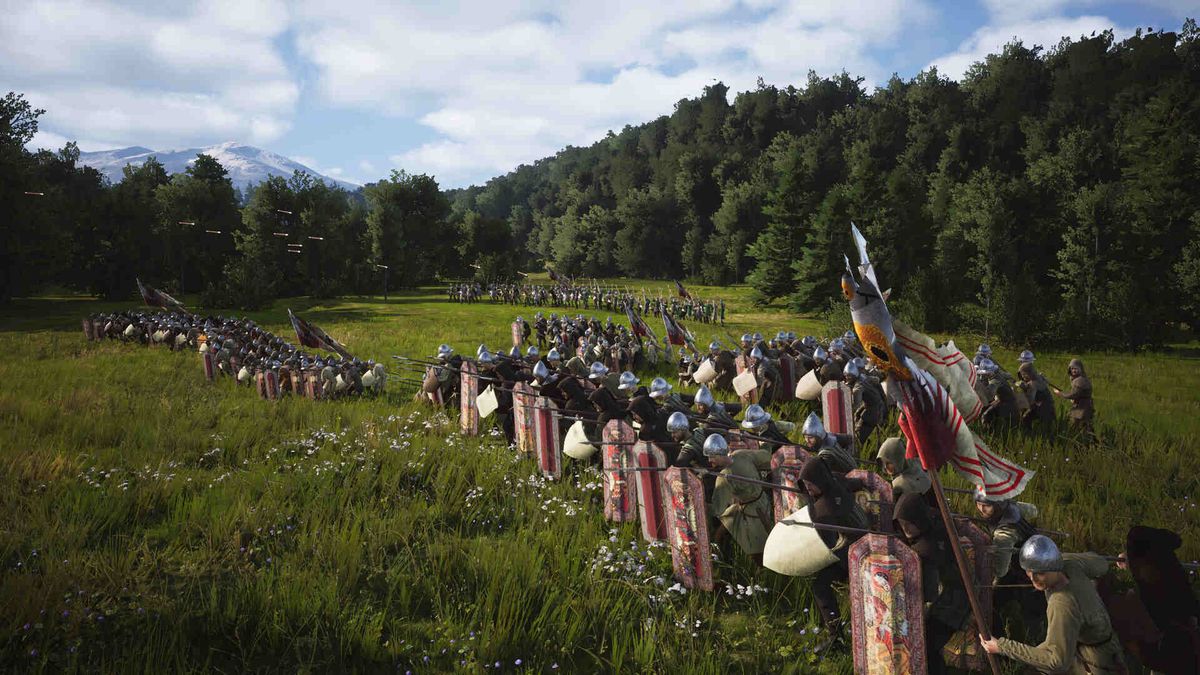However arresting his sculptures — generally slabs of rusting Cor-Ten steel teased into spirals and ellipses — Mr. Serra said his creations were only a means to an end. “Space is my subject,” he told TV interviewer Charlie Rose in 2001. “I use steel to organize space.”
Mr. Serra burst into the public consciousness after his “Tilted Arc,” a rusting steel eyebrow 120 feet long and 12 feet high, was installed in the plaza of a federal building in Manhattan in 1981.
Workers in the building complained that the sculpture made it difficult to cross the plaza, and in 1985 some 13,000 people signed a petition demanding that it be removed. At a public hearing, the work was denounced as “garbage,” “an irritant,” “a calculated offense” and “scrap iron.”
Mr. Serra resisted, telling interviewer Marc H. Miller in 1982 that art was “the scapegoat for everybody’s political uptightness in this country.” He verbally attacked government officials who, in an unrelated case, had asked him to put flags atop a sculpture in the District of Columbia. He added: “I find the notion of what this country consumes as art absolutely reprehensible.”
In 1989, the General Services Administration removed the Manhattan sculpture, which has been in storage ever since. But if Mr. Serra lost the battle, he won the war. His pieces, which have sold for more than $4 million at auction, are in the collections of most of the world’s best art museums.
As for the “Tilted Arc” controversy, Mr. Serra told Rose that as a young man he was “aggressive, obstinate, macho.” “I’ve always wanted to be respected for my work,” he added, “not for my personality.”
‘Raised in fear, in deceit’
Richard Antony Serra was born in San Francisco on Nov. 2, 1938. His father, who worked as a pipe fitter in a shipyard, had emigrated from Spain. His mother was the daughter of Jewish immigrants from Odessa.
In 1992, when Mr. Serra exhibited a work called “The Drowned and the Saved” at the Stommeln Synagogue in Pulheim, Germany, he wrote in the accompanying catalogue: “When I was five years old I would say to my mother: What are we, who are we, where are we from? One day she answered me: If I tell you, you must promise never to tell anyone, never. We are Jewish. Jewish people are being burned alive for being Jewish.”
Mr. Serra continued: “I was raised in fear, in deceit, in embarrassment, in denial. I was told not to admit who I was, not to admit what I was.”
As a boy, he began to draw as a way of competing with his older brother, Tony, who was “taller and bigger and stronger.” He explained that drawing was a way “to capture the affection of my parents.”
But three-dimensional objects already held him in thrall. Once, he told Rose, his father took him to the shipyard to watch the launch of a vessel. As the enormous ship was eased into the water, Mr. Serra said, he realized that “an object that heavy could become light, that that amount of tonnage could become lyrical.”
Mr. Serra worked in steel mills to put himself through college, first at the University of California at Berkeley, then at UC-Santa Barbara, where he studied English literature and received a bachelor’s degree in 1961. “I worked on a rivet gang,” Mr. Serra later told the Times. “It was a great experience. I liked the scale of it all, the color of it all, the sound of it all.”
He continued drawing in his spare time, and one of his Santa Barbara literature professors suggested that he study art at Yale. He received a scholarship to attend that university, where he overlapped with Brice Marden, Chuck Close, Robert Mangold and Nancy Graves, all of whom became successful painters.
He received a bachelor of fine arts degree in 1962 and a master of fine arts degree two years later. After traveling through Europe — including in Italy, where he mounted a show of live and stuffed animals as a way of declaring his freedom as an artist — he settled in 1966 in New York. There he was surrounded by like-minded artists. Jasper Johns, the abstract expressionist painter, commissioned one of Mr. Serra’s first pieces.
One day Mr. Serra learned of a cache of several hundred tons of surplus rubber, moved the material into his loft and began making sculptures from it. He wrote down a list of verbs — “to roll, to lift, to hang, to twist, to prop” and many more — and tried to execute each action in rubber. He recalled Graves, whom he had married in 1965, telling him, “That’s not art.”
“I think within a year we were divorced,” he said to Rose.
Mr. Serra continued making sculptures from nontraditional materials; he hurled molten lead against the walls of the Whitney Museum of American Art in Manhattan and filled the Pasadena Art Museum with redwood logs. Back in his studio, he made a series of “Prop” pieces in which slabs of lead or steel are wedged or balanced so that they appear weightless.
Freed from the pedestal or the wall, he began to create pieces that were meant to be experienced as well as seen. They formed “volumes of space” that people could walk into, through and around, Mr. Serra explained.
In 1966, he was taken on by the Manhattan gallerist Leo Castelli. Castelli, who gave Mr. Serra a monthly stipend, would say, “‘Richard, make me a small piece that I can sell,’ and I’d say, ‘Leo, shove it,’” Mr. Serra recalled.
Indeed, his pieces got bigger and bigger. His “Torqued Ellipse” series consisted of huge steel plates bent into curved “rooms” open to the sky. He said he was inspired in part by the dome of the 17th-century Baroque church San Carlo alle Quattro Fontane in Rome.
In 1999, art critic Jerry Saltz, writing for the Village Voice, was enraptured by “Switch,” a sculpture composed of six 50-foot-long curved steel plates, installed (with enormous difficulty) in a Gagosian gallery in Chelsea. Noting that “Switch” weighed in at 324,000 pounds, he wrote that it “is like an indoor cathedral, a force of nature, a fortress or a feat of hubris.”
In 2005, “The Matter of Time” consisting of eight huge steel pieces, was installed permanently at the Guggenheim Museum Bilbao in Spain, helping to solve an architectural problem: One of the rooms in the museum, which was designed by Frank Gehry, was too big for almost any works but Mr. Serra’s.
Despite their collaboration on that and other projects, Mr. Serra argued that architects such as Gehry were lionized for doing things that he did better.
“Architects use the most progressive art of the time for their own ends,” he told Rose. “Most of what you see in architecture are watered-down ideas of sculptors.” He said he was never interested in becoming an architect because he didn’t care about practicalities such as plumbing. Art, he said, “is purposely useless.”
But if his art was useless, it nonetheless had real-world consequences. In 1971, a 34-year-old laborer was crushed to death by a 2½-ton steel plate, part of a Serra sculpture being installed outside the Walker Art Center in Minneapolis.
“After the accident,” Mr. Serra told the French publication Artistes in 1980, “the reaction against me personally was incredibly vicious. I was harassed, ridiculed, disgraced, and was told by friends, other artists, museum directors, critics and dealers to stop working. It did two things: It put me into analysis for seven years and sent me on the road: I worked in Japan, Canada, Italy, France, Holland, Germany, anywhere where I could find support.”
Mr. Serra also worked as a filmmaker; his 1968 short “Hand Catching Lead” shows precisely what its title promises. And he produced countless works on paper, almost always monochromatic images of geometric forms. At the 2006 Whitney Biennial, Mr. Serra showed a crayon drawing of an Abu Ghraib prisoner with the caption “STOP BUSH.”
In 1981, Mr. Serra married German-born art historian Clara Weyergraf. In addition to Weyergraf, survivors include two brothers, sculptor Rudolph Serra and Tony Serra, a noted civil rights lawyer who has taken a vow of poverty.
Speaking to Rose, Richard Serra summed up the impact of his work. “If you can challenge people’s “preconceived notions about what containment in space is, what release in space is, what passing through space is,” he said, “I think that’s a worthwhile thing to do.”

Carol Dennis is an entertainment aficionado with an eye for all things pop culture. She dives into the glitz and glamour of the entertainment industry, from movie premieres to music festivals. Carol’s passion for storytelling extends beyond her reporting, as she’s an aspiring screenwriter in her free time.








